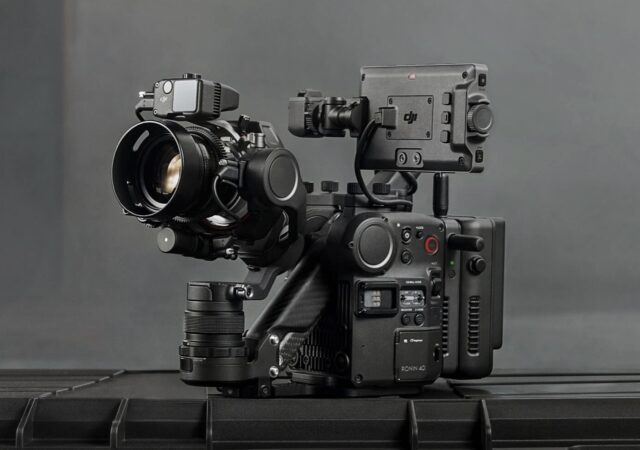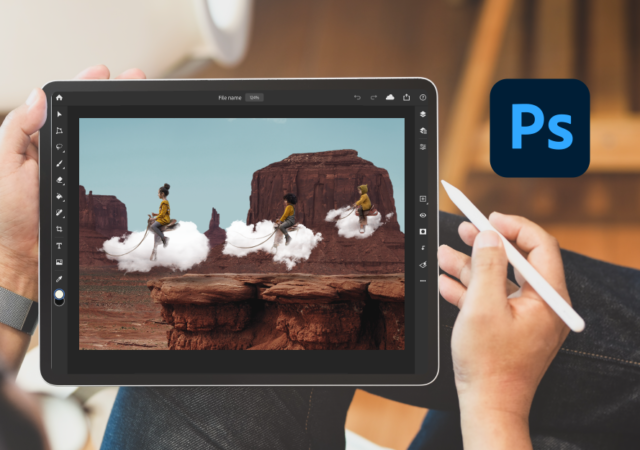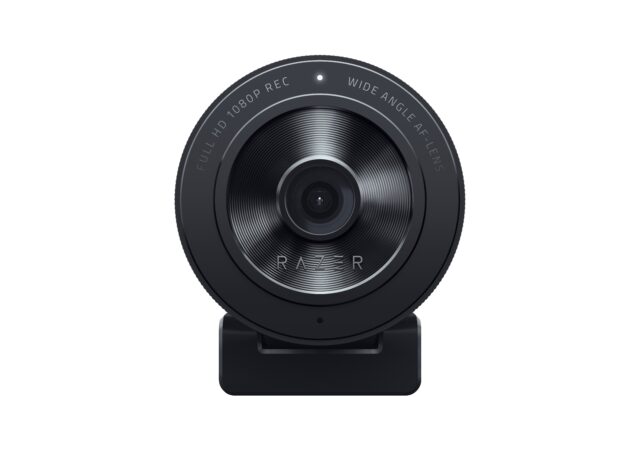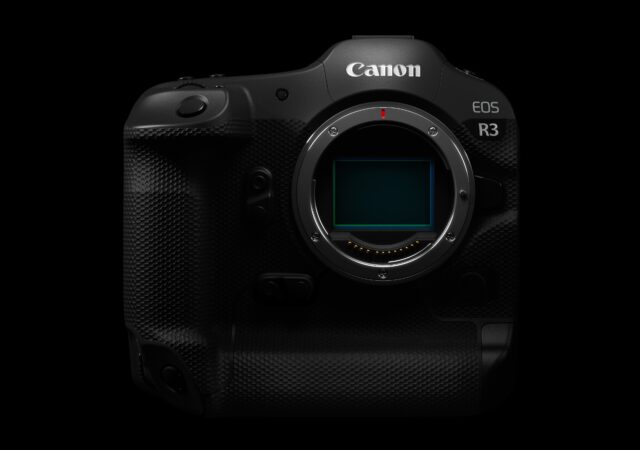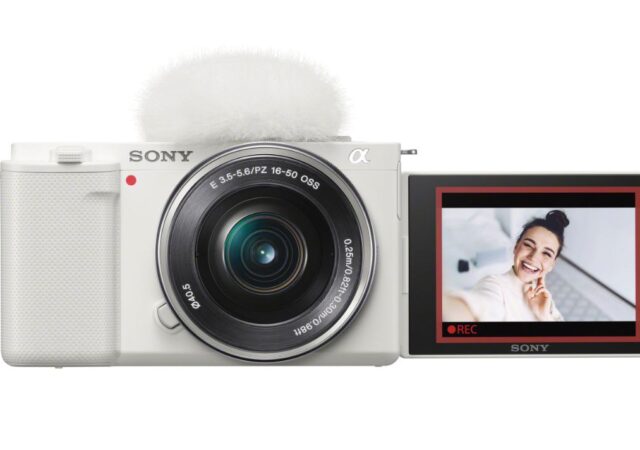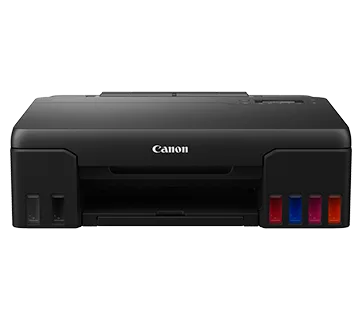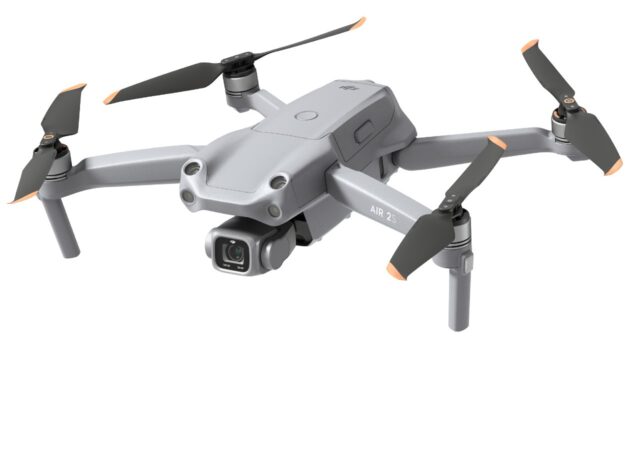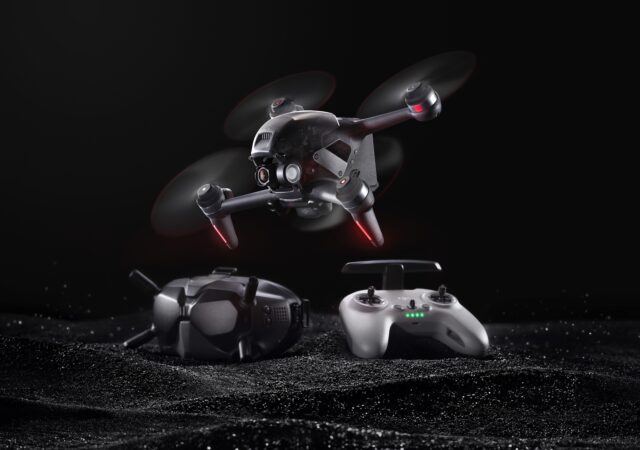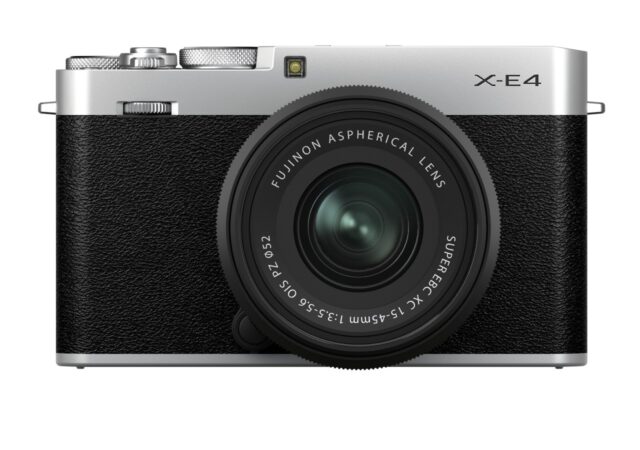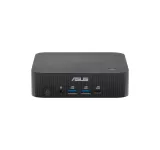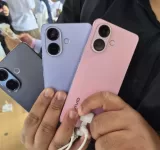DJI launched the Ronin 4D, a full-frame Zenmuse X9 cinema camera that is mounted on a 4-axis gimbal for the ultimate cinema camera.
Adobe Teases the Camera Raw on the Apple iPad’s Photoshop App
Adobe is adding Camera Raw capabilities to the Adobe Photoshop for Apple’s iPad for RAW photo editing capabilities on the go.
Razer Unveils the Kiyo X Webcam and Ripsaw X Capture Card – Streaming Does Not Have to be Expensive
Razer launches the Kiyo X and Ripsaw X for the budget concious gamer who is just starting out in the streaming industry.
Canon EOS R3 Launches – Mirrorless is The Future with Canon
Canon releases the EOS R3 full frame mirrorless camera to replace the flagship EOS 1DX platform with a 24.1MP high-speed beast.
Sony Introduces the Alpha ZV-E10 – The Perfect Small Camera for Content Creators
Sony launches their latest camera aimed squarely at content creators, the Sony Alpha ZV-E10 APS-C interchangeable lens camera with E-Mount.
Pikafy Your Instax Mini with the New Nintendo-Fujifilm Collaboration
Nintendo and Fujifilm are looking to bring you more Animal Crossing, Pokemon, and Super Mario with a new collboration which brings the popular characters to the portable photo printer.
More is Better – Canon Launches Printers with 6 Ink Tanks
Canon launches the PIXMA G570 and PIXMA G670 with six ink tanks for even more vivid and true to life colours.
DJI Air 2S Takes to the Skies with 5.4K Video and 20-Megapixel Photographs
DJI launches their new Air 2S. The DJI Air 2S can now shoot videos at 5.4K resolution and transmit videos from 12km away.
FUJIFILM X-E4 Launches in Malaysia, Available Late February 2021 Onward
FUJIFILM launches the new X-series X-E4 compact mirrorless camera in Malaysia. Available February 2021 onward.



